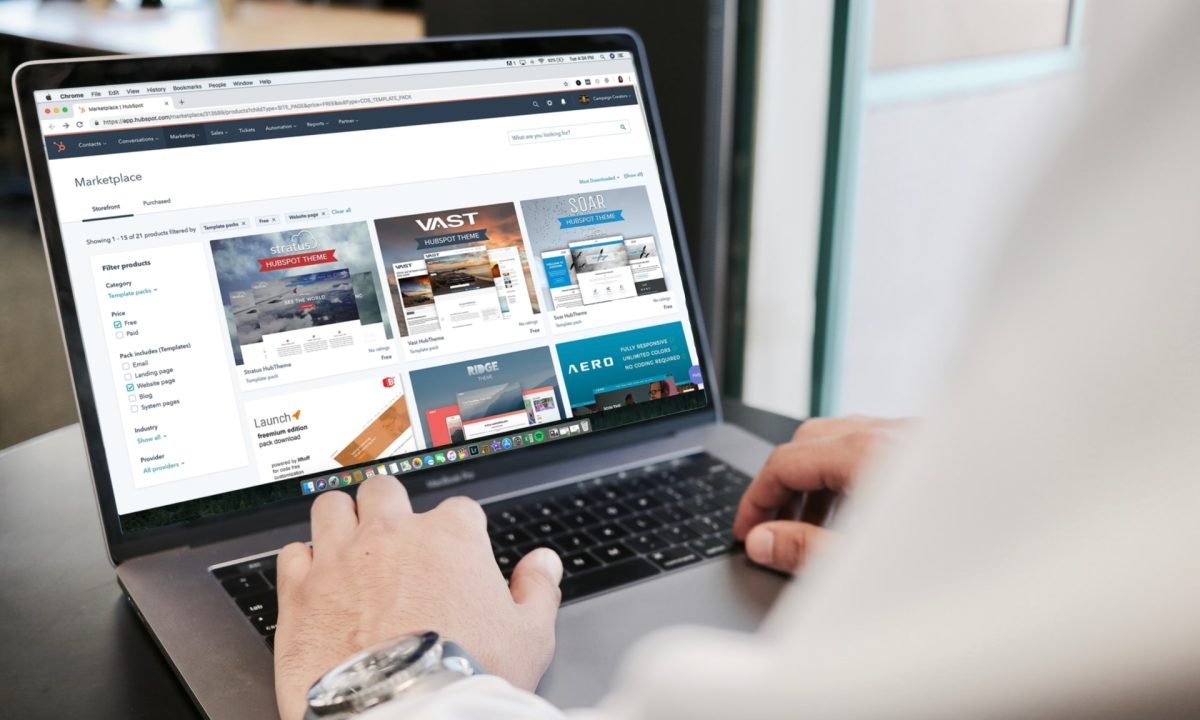eCommerce is a thriving industry, and businesses strive to ensure that their online stores are futuristic. Headless commerce plays a vital role in eCommerce channels, with experts saying it’s the future of eCommerce. If you are not yet acquainted with headless commerce, this article should bring you up to speed. We shall answer some commonly asked questions to help you understand the eCommerce concept better.
What is the Meaning of Headless Commerce?
Headless commerce is an approach where businesses separate the frontend and backend of their digital systems. Dirk Hoerig, an entrepreneur, invented the term that became popular in 2013.
As technology advanced, the value of headless commerce grew, too, with the realization that modifying the backend of a company’s eCommerce platform without compromising the operations of the frontend and vice versa was highly beneficial.
That means that developers can update the backend system without hindering sales at the frontend. Customers can also enjoy a smooth experience as developers work on the backend to integrate new systems and upgrade the older ones. Read more details about this concept.
Define a Headless Application
A headless application can manage particular processes without interrupting other facets of the digital design. Any changes are integrated via the application programming interface (API), which links the frontend and the backend via programming commands. The term headless describes the backend or the body that is decoupled from the frontend or the head. The head is the business aspects that the customers see from their desktops or mobile devices.
Is Composable Commerce the same as Headless Commerce?
While headless commerce is usually referred to as composable commerce, there are differences between the two terms. Headless commerce describes a service that has been separated even though it had previously been integrated into a centralized system.
In the headless approach, the frontend and the backend run independently. However, every component in composable architectures is independent. They are connected in an organized system, meaning brands can select each of their digital service components to meet the needs of their specific business model. Composable commerce achieves this process by promoting open ecosystems and activating light modifications to business models. It also links third-party applications and is agile in its approach to creating and enhancing digital experiences.
In the past, eCommerce platforms existed as an all-inclusive entity with businesses running with interconnected frontend and back ends of the architecture. However, the popularity of complex digital companies, defined customer experience, and enhanced technologies resulted in the development of custom-made solutions. According to some experts, composable commerce is the idea of leveraging packaged business capabilities to promote futuristic commerce experiences.
What does the Headless Approach mean in Commerce?
A headless approach in commerce is the idea that prioritizes first-class frontend and backend technology and organizes it to offer the ultimate customer experience and business structure. Doing so guarantees enhanced agility and the power to refine and boost frontend and backend systems with fewer interruptions. It also ensures the systems are compatible with advanced technologies and APIs.

What is the Difference between Traditional eCommerce and Headless Commerce?
The core difference between traditional and headless commerce is the technology architecture. Traditional eCommerce is designed with stages at the backends and the frontends. These stages connect to support a preset user experience and administrative needs for the business. As a result, the eCommerce architecture is solid, but modifying it to accommodate changes or updates can be time-consuming and costly.
Headless eCommerce is agile. The separation of the frontend and backend encourages easy adoption of API integrations and new technologies, allowing businesses to respond to customer demands and industry innovations with ease.
Explain Headless Commerce APIs
Application programming interfaces are third-party components used to link varying programs. For example, if you need to register with a program via Facebook or Google, an API will activate that feature to grant you access.
Headless commerce APIs are usually structured to ensure the frontend is more flexible in customizing the user experience, shopping options, or developing a dynamic interface.
Name some of the Benefits of Headless Commerce for Online Selling
Using headless commerce comes with various advantages. For example, it allows business owners to design their website architecture, choosing from the available technologies to ensure it satisfies their business needs. Other benefits of headless commerce include:
- More personalization for consumers
- Ease of adopting new technologies.
The power to upgrade systems without compromising user experience
What are the Downsides of a Headless eCommerce Platform?
While headless commerce comes with numerous benefits, there are some downsides as well, which include:
- Headless commerce is not ideal for all types of businesses. It is a perfect solution for companies with clear and strategic customer bases and goals that require minimal rapid changes.
Maintaining headless commerce systems can be costly, and many small businesses may not afford it.
Before choosing headless commerce, ensure it’s the right solution for your business needs.
Finally
Headless commerce is set to define the future of eCommerce because monolithic online architecture is fast becoming obsolete. Customer needs are advancing, and new technologies and personalization facilitate the creation of tailored offerings.
Headless commerce allows business owners to change the presentation of their services and products in each channel without modifying the backend architecture of each component. The initial cost of implementing a headless system is expensive, but the long-term benefits are worth the investment.



